


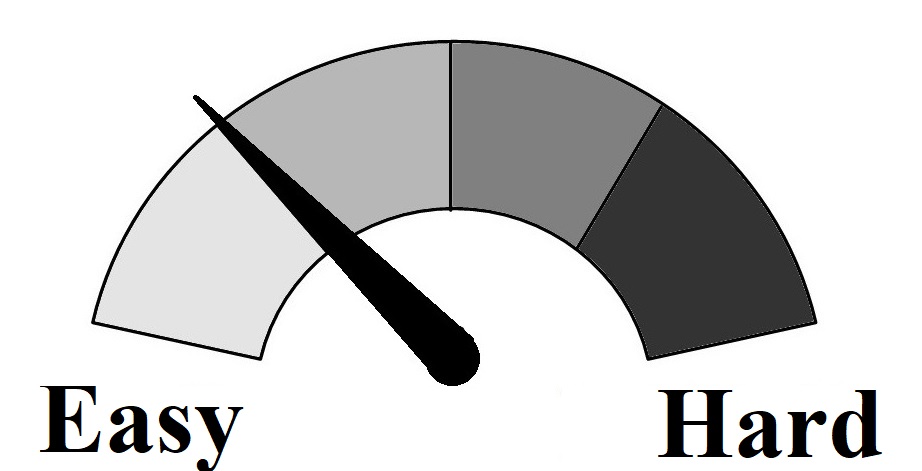


A violent world

Fig. 1: Battle of the Bastards: a bloody time! - ©HBO
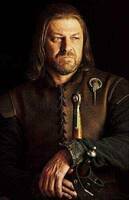

Fig. 2: Death distribution map
This world of violence had sometimes been harshly criticized as being a "gratuitous violence(2015). « Le viol de trop dans “Game of Thrones” ». In: Courrier International. [Online] https://www.courrierinternational.com/article/serie-le-viol-de-trop-dans-game-thrones". This nonetheless has the advantage of giving data to Romane and Lucas. As demographers"a person who studies changes in numbers of births, marriages, deaths, etc. in an area over a period of time" Cambridge Dictionary, they focus particularly on mortality. Yet, to study this phenomenon, a large number of deaths is needed. During the seven seasons, 205 out of the 398 characters studied die (a death rate of more than half!). Life expectancy is also very low because half of the characters survive less than eight episodes.
The characters die frequently, quickly but also violently: only two deaths out of the 205 studied are from natural causes! And yeta poisoning can easily be mistaken with a sickness, as Jon Arryn could affirm if he was still breathing. . Therefore, Maester Aemon Targaryen is to fiction what Jeanne Calment is to reality: an exception. He manages to die of old age at 104, after spending a large part of his life living in Castle Black where life expectancy is not high.
The probability of a character dying violently during the first season is 23%! As a comparison, Colombia, during its recent war between the government, paramilitaries and guerrillas, had aa homicide rate of 61 per 100.000 inhabitants, according to the WHO. In France the rate is 1.35 per 100,000, France’s annual murder rate of 825 would have to rise to 15.5 million per year to match the world of Game of Thrones.
This is a violent world and the characters are aware of their vulnerability. References to death are not lacking, as in the Stark’s family motto:
| “Winter is coming”. This sentence makes sense only if one knows its real significance: with winter come the White Walkers, and with them, death. |
Dothrakis are considered violent barbarians, and Illyrio Mopatis chance of death: 63% says about them: “A dothraki wedding without at least three deaths is considered boring”. Sorry Aunt Suzanne, you should not have criticized the seating plan. |
The religious society of assassins called the Faceless Men worship the Many-Faced God, death divinity. They have as their motto “Valar morghulis” which translates from High Valyrian as “All Men Must Die”. | To rise to the Salt Throne (clearly less prestigious than the Iron Throne), an Ironborn has to drown himself… and comeback to life; because, as the saying says, “what is dead may never die, but rises again, harder and stronger’. |
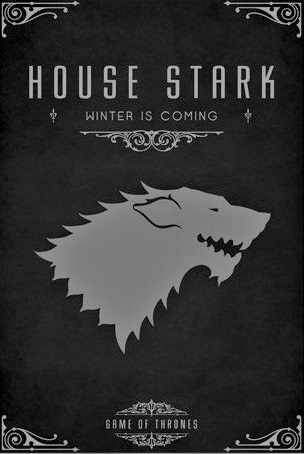
House Strak words. So much fun… |
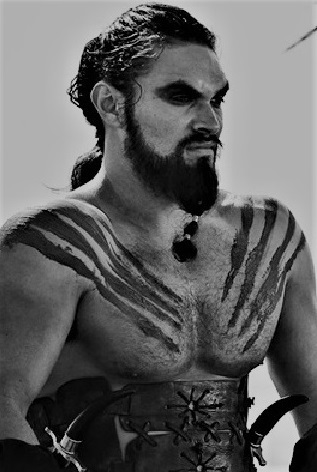
Dothraki: violent people in a violent world. |
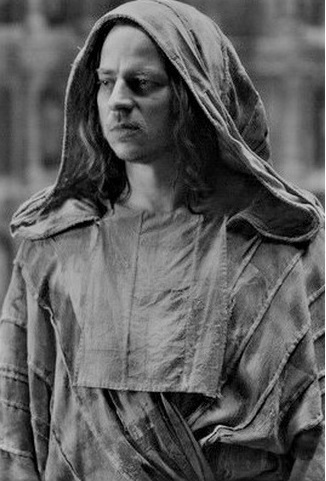
All men must die: as late as possible, preferably. |
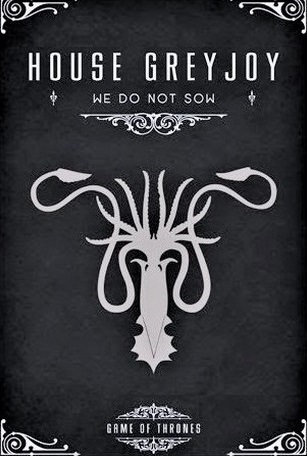
Die to live, outstanding move! |





We counted more than 200 deaths among the 400 named characters, which break down into nine major forms of death.
Blades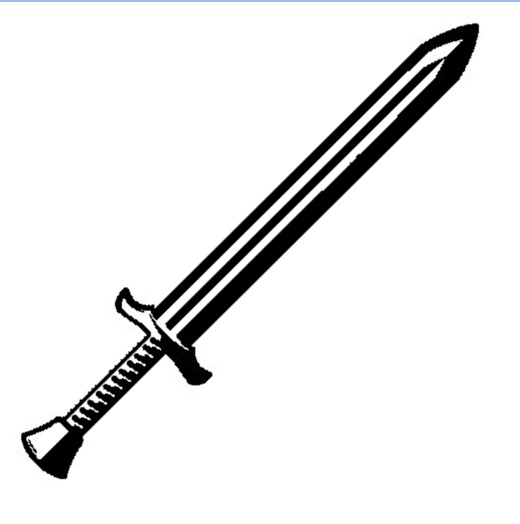
|
Long range weapons
|
Other weapons
|
Bare hands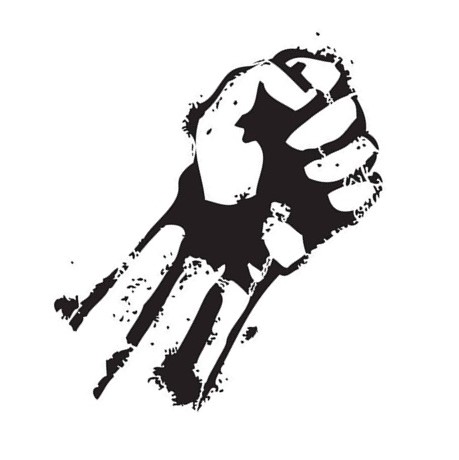
|
|
86 characters 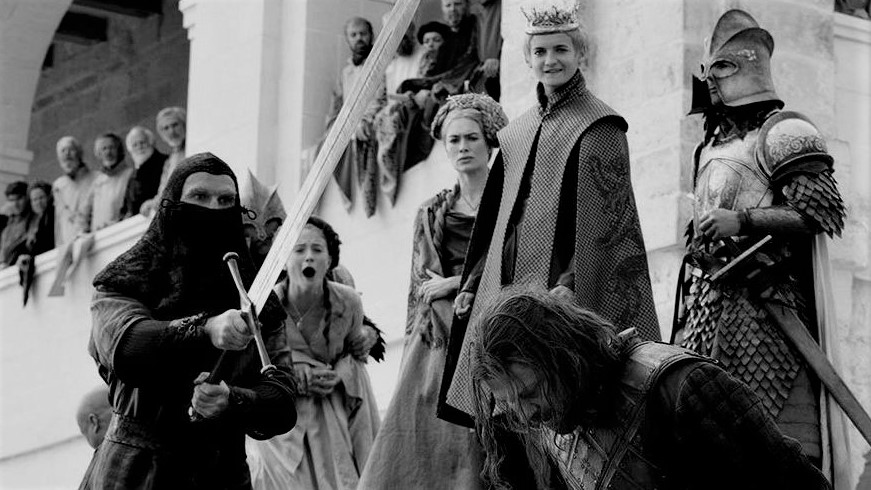
|
16 characters 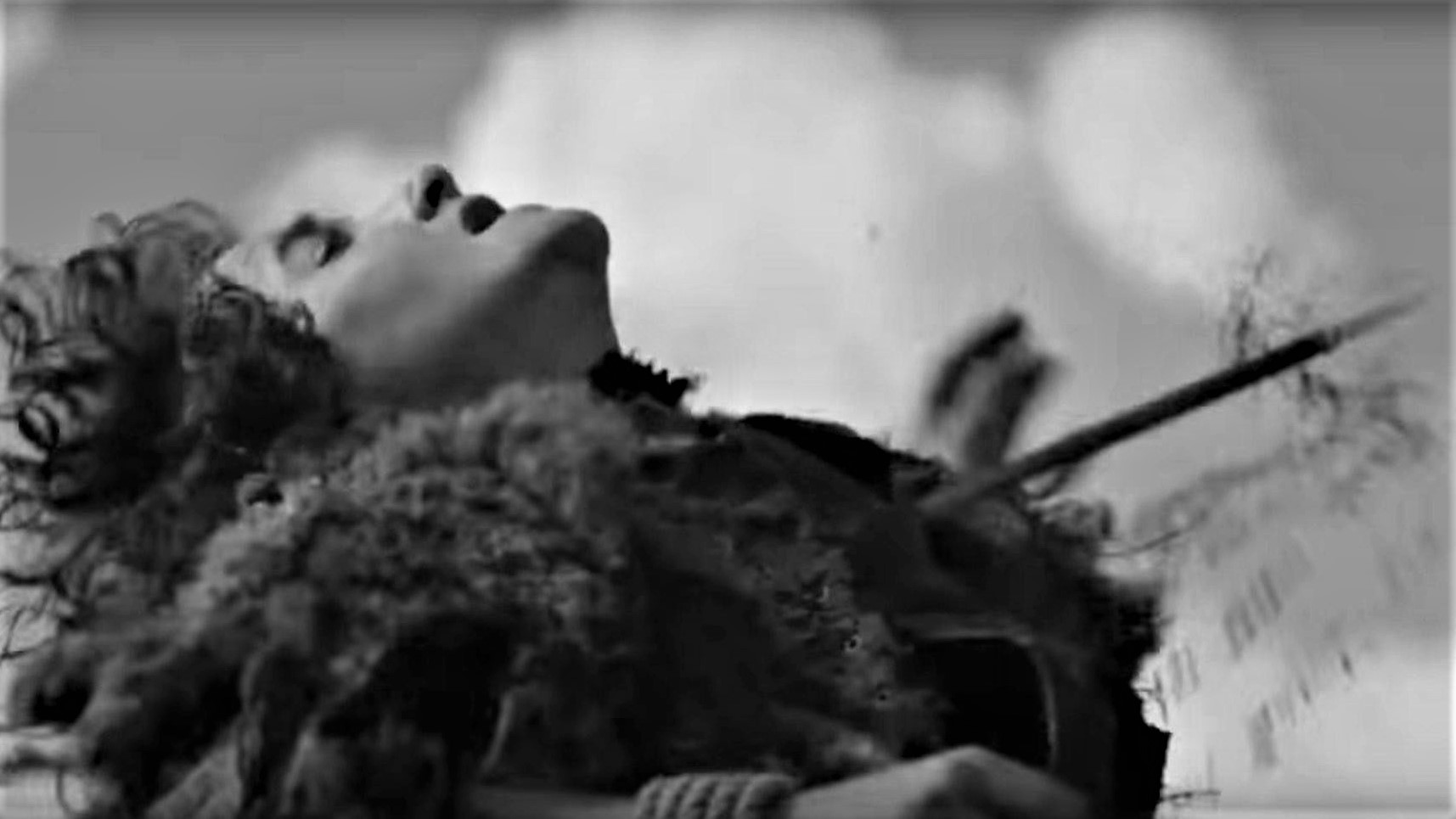
|
10 characters 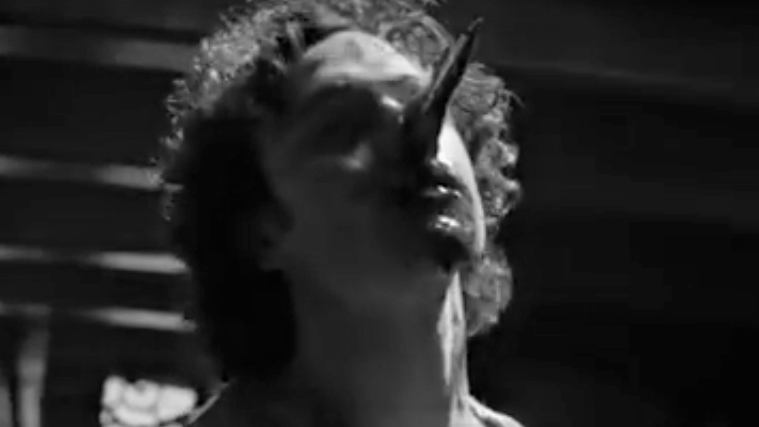
|
8 characters 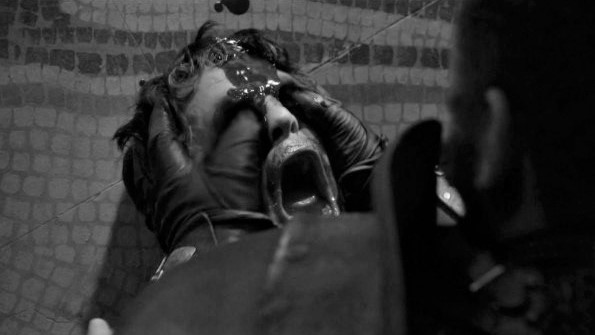
|

Burnt alive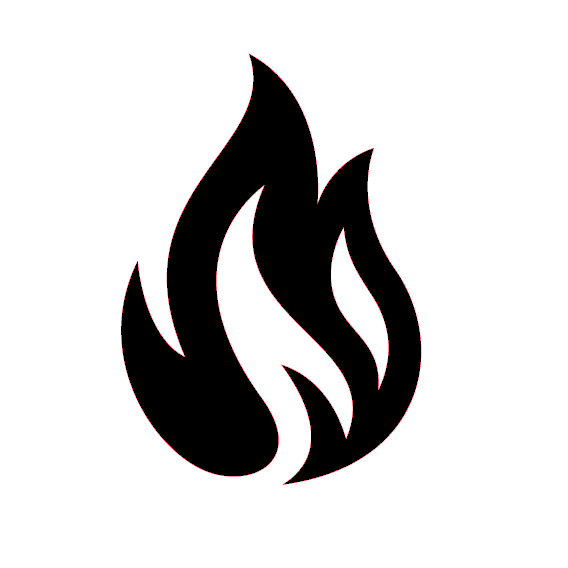
|
Poisoned
|
Skinned alive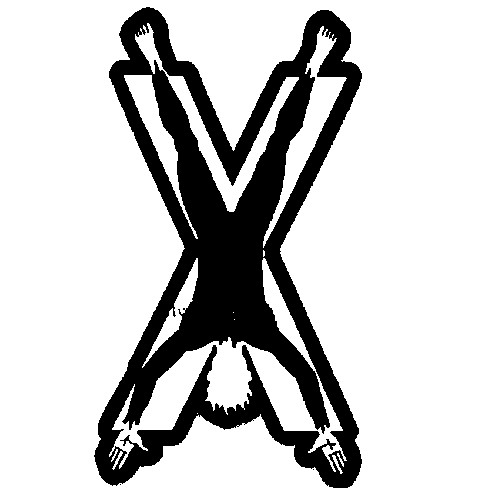
|
Killed by an animal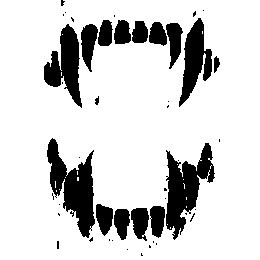
|
Hanged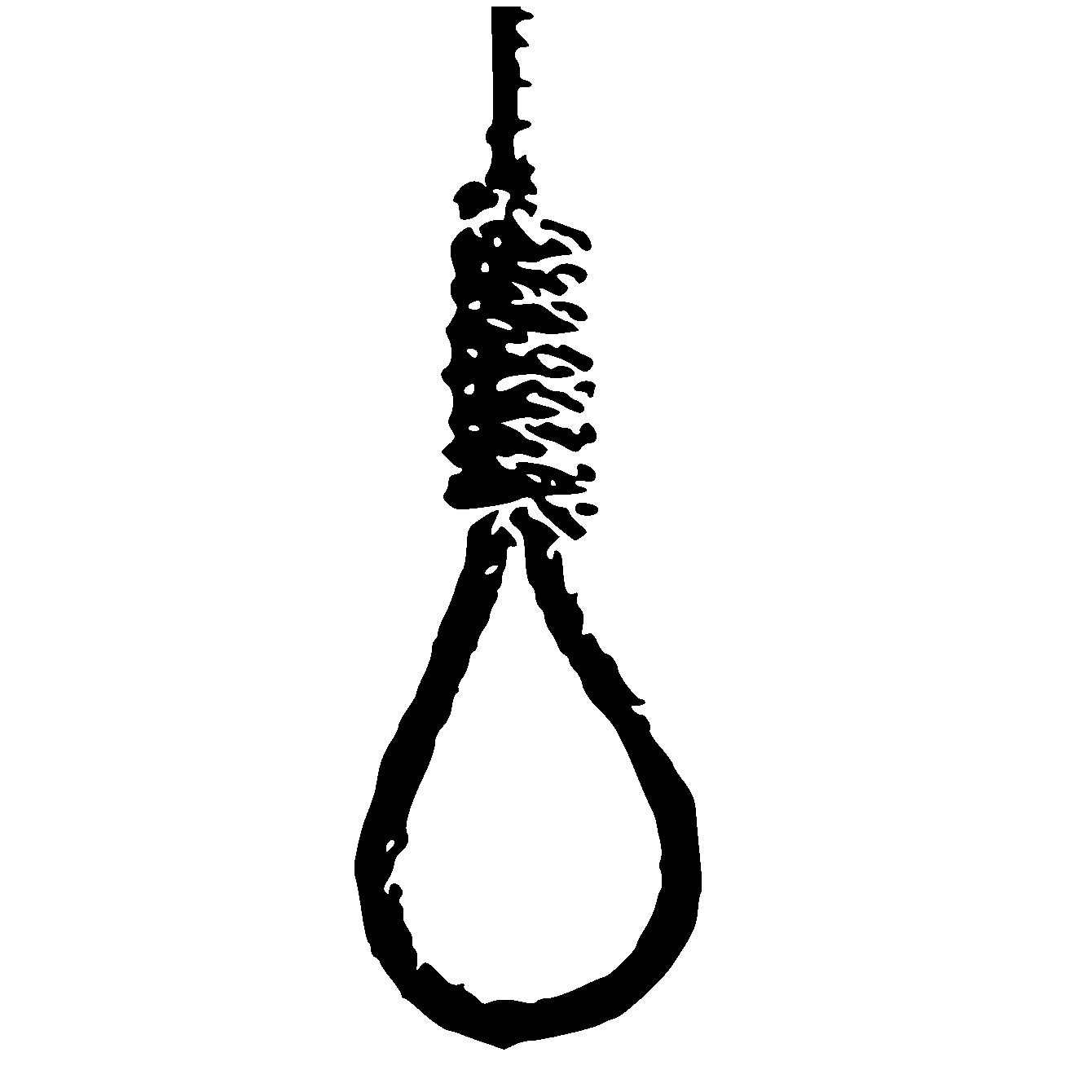
|
|
22 characters 
|
10 characters 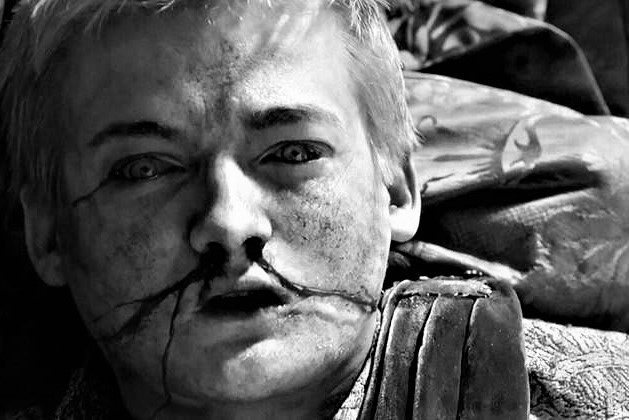
|
8 characters 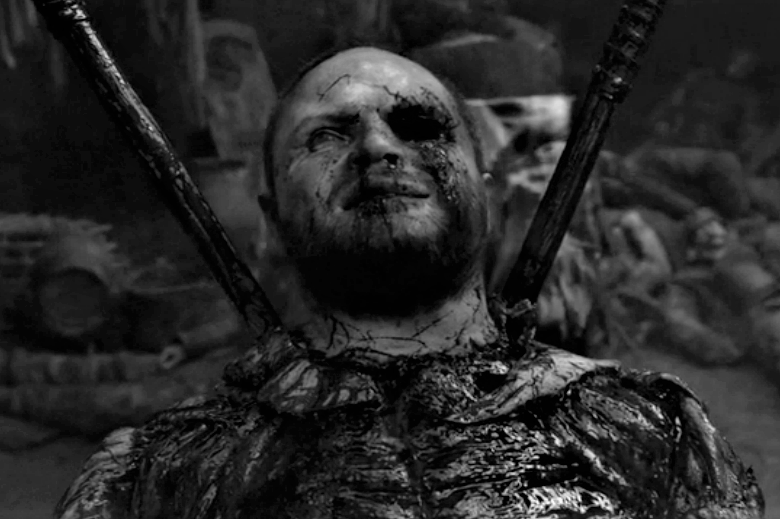
|
7 characters 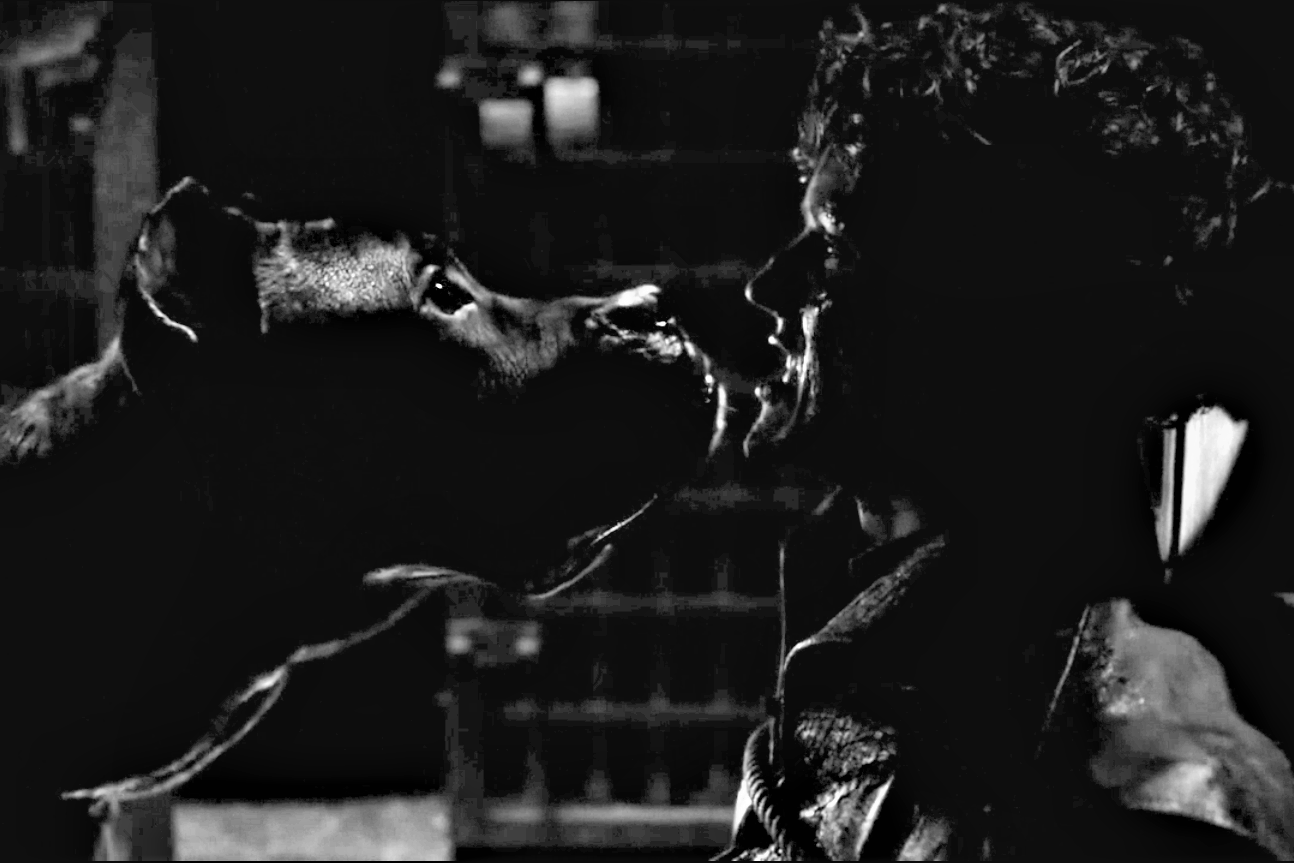
|
7 characters 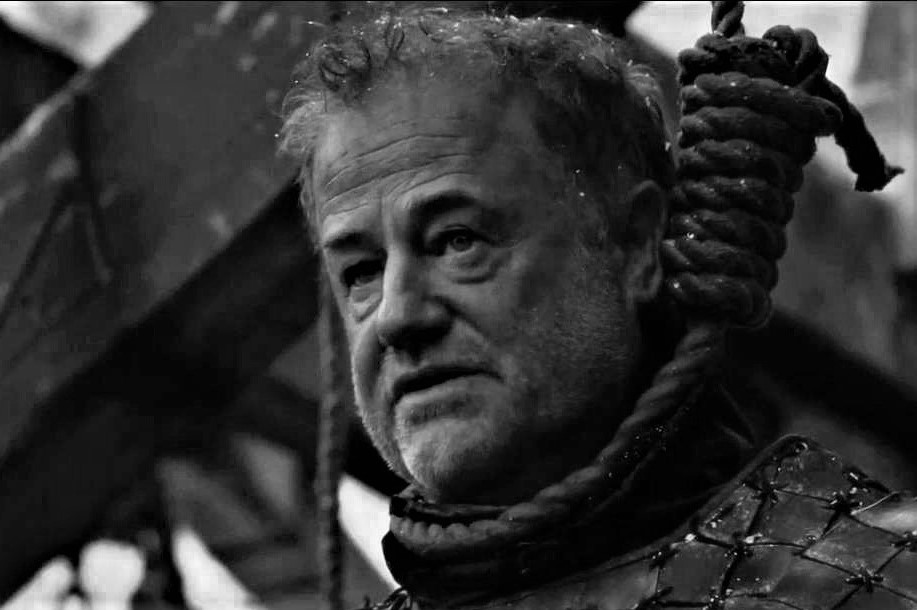
|

Some characters death cannot be classified. What about Viserys Targaryen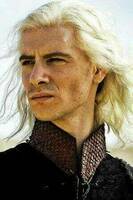
chance of death:
100% who died because of his so required gold crown? What about Lysa Arryn death? Truly entertaining, for sure, but how can we define this type of death? What about Lothar Frey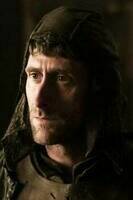
chance of death:
84%? We know Arya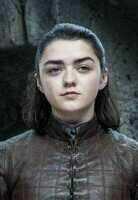
chance of death:
5% killed him, cooked him and made his father eat him, but we do not exactly know how the young Stark killed him.
In Game of Thrones like elsewhere, death is therefore certain. It remains only to tell her “Not today”. Syrio Forel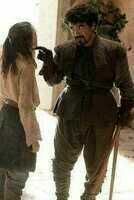
change of death:
96% to Arya Stark about death, ep. 106.
Cesbron, M. (2016). « Pourquoi Game of Thrones est un cas clinique ». In: Le Point Pop. [Online]: http://www.lepoint.fr/pop-culture/series/pourquoi-game-of-thrones-est-un-cas-clinique-17-05-2016-2039830_2957.php
Chapon, B. (2014). « Comment « Game of Thrones » est devenu le phénomène pop des années 2010 ». In: 20 minutes. [Online] https://www.20minutes.fr/television/1342261-20140403-comment-game-of-thrones-devenu-phenomene-pop-annees-2010
Langlais, P. (2017). « “Game of Thrones”, le succès en dix leçons ». In: Télérama. [Online]: http://www.telerama.fr/series-tv/game-of-thrones-le-succes-en-dix-lecons,160044.php
Marzolf, H. et Mury, C. (2010). « “Game of thrones”, la série souveraine ». In: Télérama. [Online] http://www.telerama.fr/television/game-of-thrones-serie-souveraine,102962.php
Brossat, T. et Delavier, L. (2014). « “Game of Thrones”: violence, sexe et Moyen Âge ». In: Esprit, n°8, p. 240. [Online]: https://www.cairn-int.info/article-E_ESPRI_1408_0217--game-of-thrones-violence-and-sex-in.htm,
Meslé, Fr. et Vallin, J. (2000). « Transition sanitaire: tendances et perspectives ». In: Médecine/sciences, 16, 1161-71. [Online]: http://www.ipubli.inserm.fr/bitstream/handle/10608/1549/MS_2000_11_1161.pdf?sequence=6
Verdon, L. (2011). « Violence, norme et régulation sociale au Moyen Âge ». Rives méditerranéennes, 11-25. [Online]: https://journals.openedition.org/rives/4060#quotation